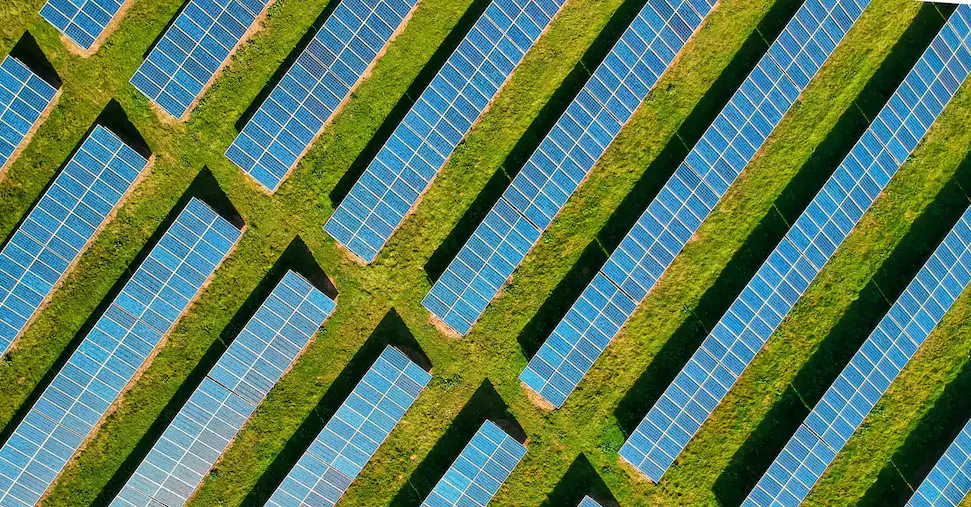
PPAs are on the rise in Italy, i electricity purchase agreement: a long-term energy supply contract at an agreed price outside the electricity exchange. “2025 has proven to be a special year for PPAs”, explains David Battista, analyst responsible for renewable energy and electrochemical storage at Pexapark, a Swiss-based analytics company. «In European markets that we consider mature, such as Germany, England, the Netherlands, there has been a significant decline in contract volume, even by 80-90%. The trends we saw at the end of last year have consolidated. However, there are two exceptions: Spain and Italy. Spain due to scale issues: the PPA market has stabilized, with more than 3 GW of contracts this year between January and September in line with figures for 2024. Italy instead saw a significant increase in disclosed contracts, with 723 MW in the first quarter for 14 PPAs, 465 in the second quarter for 6 agreements, and 369 MW in the third quarter for 10 agreements. The total was 1.55 GW in the first nine months of this year. year, with 30 contracts, compared with 1.05 GW for the whole of 2024, with 39 contracts. The size is also increasing and in Italy this year one of the largest PPAs ever signed, at 420 MW, was announced by Enfinity Global with a US technology company. This appears to be a real change in direction, despite the slowdown between one quarter and the next”, explained Battista.
Therefore, Italy is reaching the market level of other European countries. “Among the reasons for this growth, from the demand side, we see that energy prices in Italy are among the highest in Europe, and therefore the Italian industrial sector needs to find solutions to reduce exposure to wholesale market risks: this creates strong demand”, underlines Battista, who adds: “There is also a boost from the data center sector in Italy: the only one that has positive demand at the moment in Europe. On the supply side, the exit of permits leads to the entry of new capacities into the market and with greater supply, prices are reduced. Fer which leads to the convergence of PPA supply and demand price levels. According to the Pexapark model, fair value in September the cost of solar power was around 58 euros per MWh. I expect demand for PPAs will also increase due to the parallel effects with Energy Release, given the large capacity demand for these measures, higher than what is available: what is not yet included will most likely be covered in PPAs.”
Pexapark’s latest report in Italy, relating to the third quarter, highlights how sentiment among operators remains cautious, with expectations, however, that activity will strengthen after Fer results. Those not included are expected to shift to the PPA market. Also waiting, as underlined by Battista, is the impact of Energy Release, a mechanism that allows electricity to be distributed at a regulated price of 65 euros per MWh to energy-intensive companies for three years, in return for a commitment to build a system from renewable energy sources that will be reused in the next twenty years. The operating rules were approved by the Ministry of the Environment on November 19.
Again relating to the third quarter, the Pexapark report noted how PPAs for onshore wind power included 135 MW, surpassing solar power for the first time in Italy, which remained stable in the period at 114 MW. The utility company’s presence is important in about half of the deals, as it is able to navigate the path to a PPA with more confidence than an industrial buyer, especially in times of uncertainty.
Will renewables become victims of their own success? «In Spain and Germany we saw excessive concentration without planning on the part of the government and transmission system operators. This leads to price cannibalization and negative values, which risks hindering any development. In Italy, the low penetration of renewable energy in meeting demand makes the situation less competitive. Furthermore, with Terna planning, the Macse tool was launched, which drives battery systems for energy storage, allowing solar power production to be shifted to the hours when it is most needed. And the more batteries there are, the lower the probability of negative prices.”





